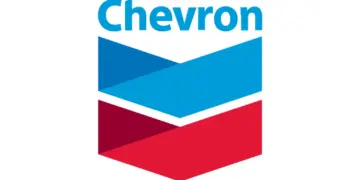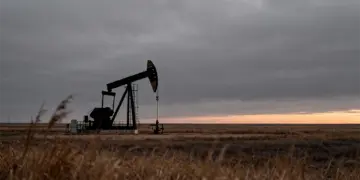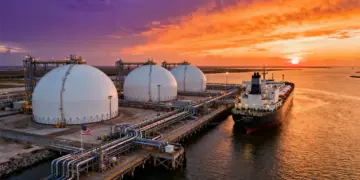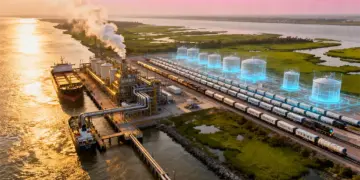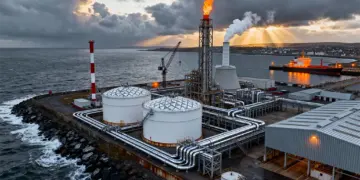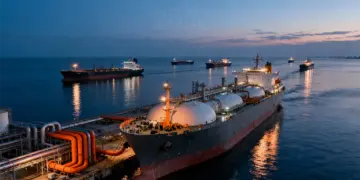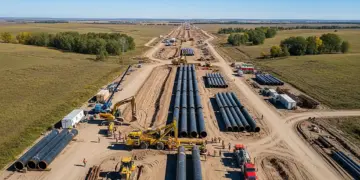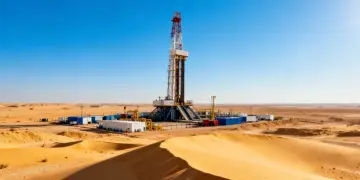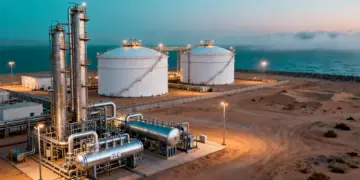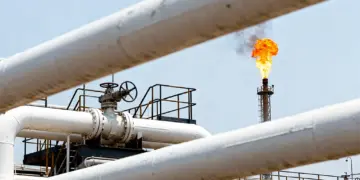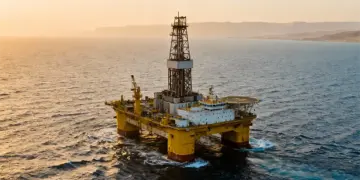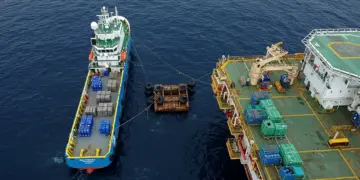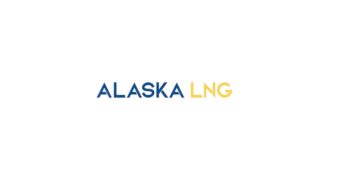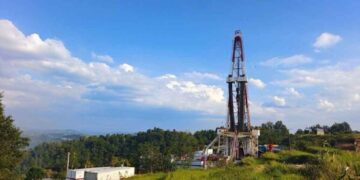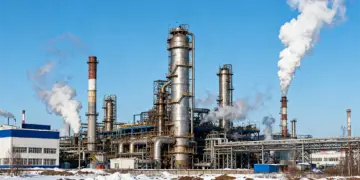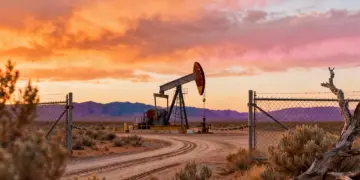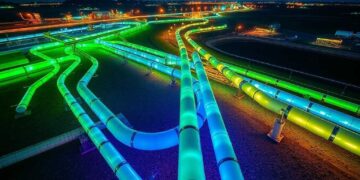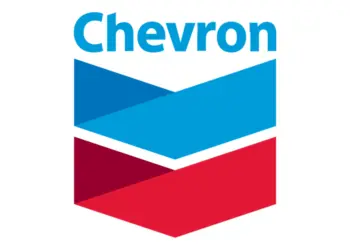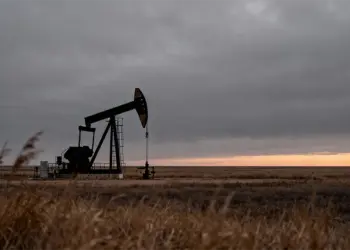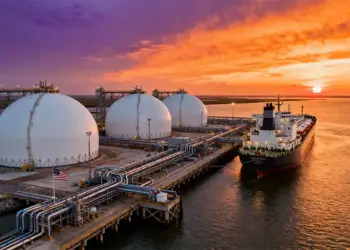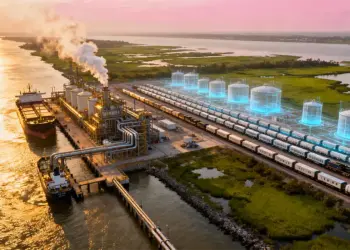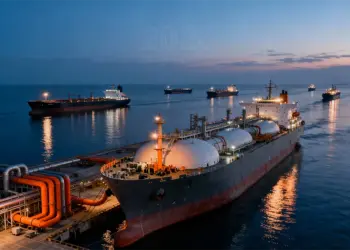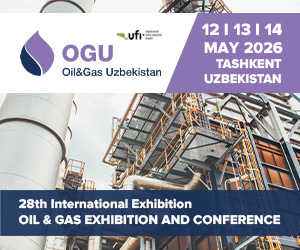The 780.5km long Gulf Coast Pipeline is being constructed by TransCanada, a North American energy company based in Calgary, Canada. The pipeline will supply crude oil from Oklahoma to the US Gulf Coast in Texas for refining. It was originally planned to be part of the US / Canada Keystone XL Pipeline, but is now being developed as a separate project to avoid the Presidential Permit that is necessary for pipelines crossing international borders. The US Army Corps of Engineers gave approval to build the pipeline in July 2012. Construction on the project commenced one month later in August. The pipeline is anticipated to be operational in late 2013. The project is expected to require an investment of $2bn. The new pipeline will help to increase the crude oil supply from Oklahoma to the Gulf Coast marketplace for purification. Route details and daily crude oil capacity
“The new pipeline will help to increase the crude oil supply from Oklahoma to the Gulf Coast marketplace for purification.” The Gulf Coast heavy crude pipeline will originate from a hub in Cushing, Oklahoma, and then move southward to terminate at a delivery point near oil refineries located in Nederland, Texas. The refined oil will then be sent to Port Arthur, Texas, for distribution. A 76km lateral pipeline has also been proposed as a separate project to carry the Cushing crude oil further to the Houston area. It will originate from Liberty County, Texas. It will require an additional investment of $300m. The Gulf Coast Pipeline will be made up of pipes measuring 914.4mm in diameter. The initial daily carrying capacity of the pipeline will be 700,000 barrels of oil. The ultimate carrying capacity will exceed the initial capacity by 130,000 barrels of oil each day. Construction of the Gulf Coast Pipeline
The Gulf Coast project will be built in three distinct sections. Work on all the sections will be carried out simultaneously for speedy completion. The construction will involve the burial of sections of pipe below the ground, to a depth that does not harm the agricultural capability of the soil. “A 76km lateral pipeline has also been proposed as a separate project to carry the Cushing crude oil further to the Houston area.” In order to build and operate the pipeline safely, the pipe sections will be buried on previously acquired permanent rights-of-way with a width of 15m. An additional space of 18m will be used as a temporary workspace. If required, extra temporary workspace will be made available for fluent construction at highway and railway crossings, existing pipeline passageways, river crossings and other important locations. Once the working surface is cleared, a level work surface will be established by removing the topsoil and levelling the undersoil. In the next stage of construction, anti-corrosion coated pipe sections of varying lengths will be distributed along the rights-of-way. The sections will then be welded together using an advanced technology to form a single string. The pipe will be positioned in the ditch dug by excavating machines and the welded joints will be coated for protection against corrosion. The installed pipe will be covered first by the undersoil or the subsoil and then by the topsoil. A total of ten pump stations will be built to ensure the continuous supply of crude oil through the pipeline. SCADA monitoring on TransCanada’s pipe
“The initial daily carrying capacity of the pipeline will be 700,000 barrels of oil.” The Gulf Coast Pipeline system will be monitored and controlled from a remote place using supervisory control and data acquisition (SCADA). Trained pipeline controllers will monitor the behaviour of the pipeline 24 / 7 from an operations control centre which will be equipped with an operational control system, a leak detection system and a communication network, which can be controlled through satellite communications. Proven anti-corrosion technology will be employed to prevent corrosion and avoid leakage. Prior to putting the pipeline into service, hydro-testing will be conducted to test the physical strength of the pipeline and to ensure there is no leakage. In addition to employing high resolution in-line inspection tools, regular inspections and aerial patrols of the pipeline will be carried out to detect any leakage. Related content Parkway Pipeline, Louisiana to Mississippi, US
Parkway Pipeline is a 227km underground petroleum product pipeline being constructed in the United States with an estimated cost of $220m. Midcontinent Express Pipeline (MEP), Oklahoma
Midcontinent Express pipeline is a 500-mile (804.67km) natural gas system in the US. Keystone XL Crude Oil Pipeline, Hardisty, Alberta, Canada
Keystone XL Pipeline is a new 1,897km-long crude oil pipeline being planned by TransCanada. Golden Pass LNG Project, Sabine Pass, Texas, United States of America
The Port Arthur area is a good location for an LNG terminal as it is one of only a few deepwater ports along the Gulf Coast suitable for receiving LNG tankers.


